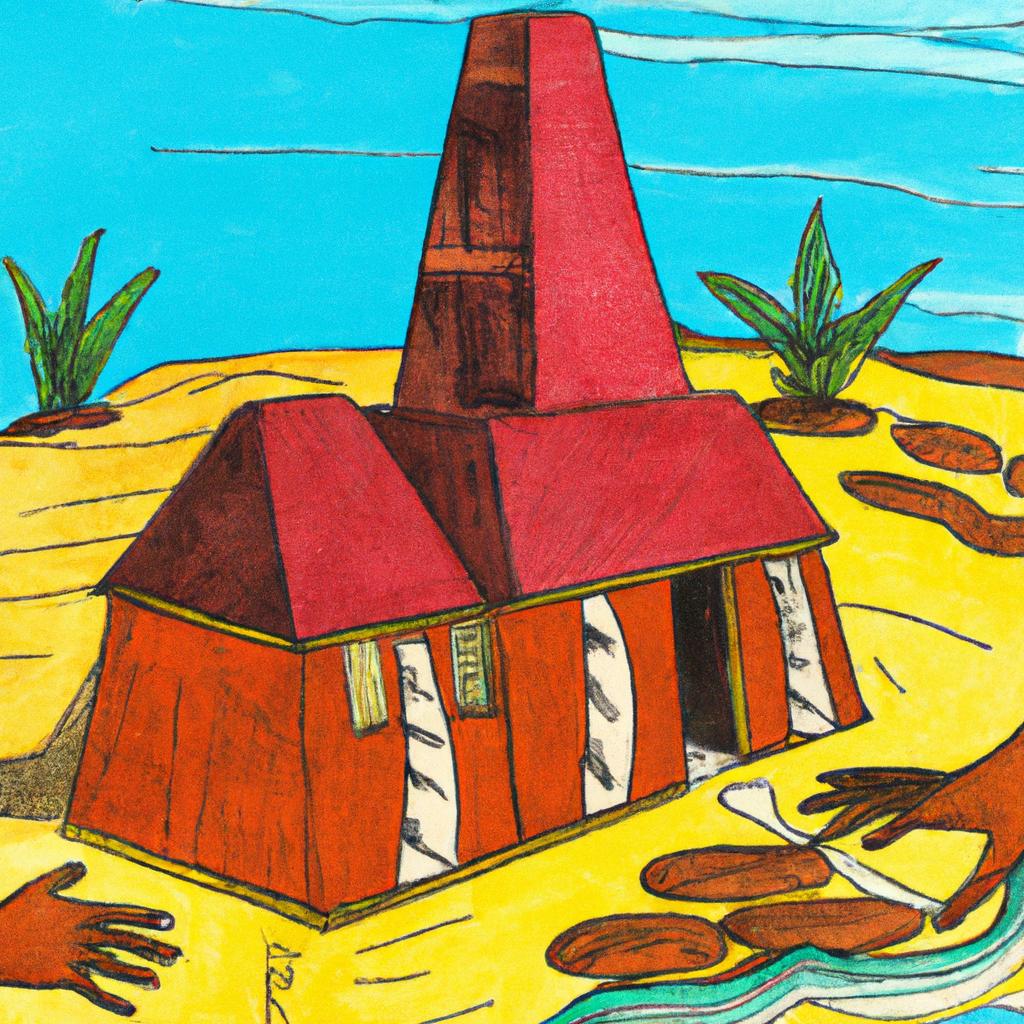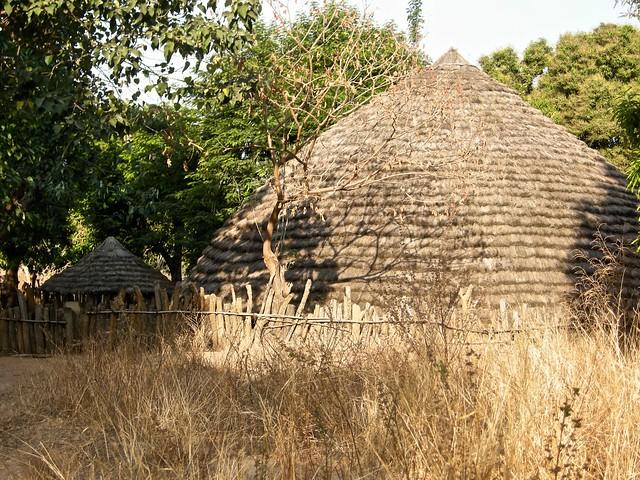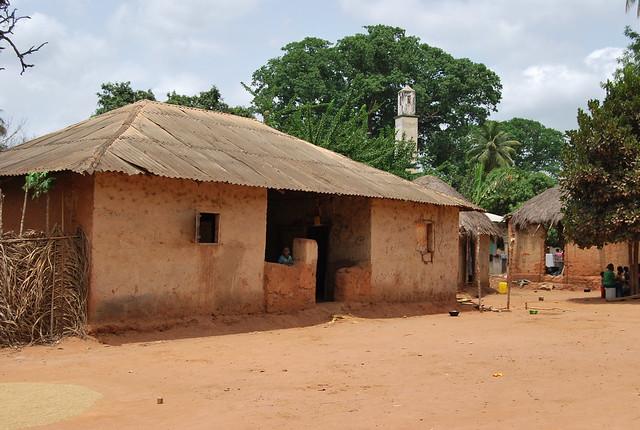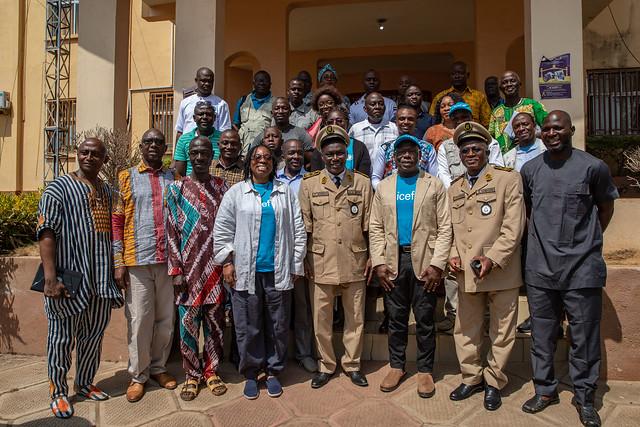Kérouané Prefecture
Overview
Overview of Kérouané Prefecture
Kérouané Prefecture is a vibrant and culturally rich region located in the Kankan Region of southeastern Guinea. Known for its lush landscapes and diverse ethnic groups, this area offers a unique glimpse into the traditional lifestyles and customs that are characteristic of Guinea. Kérouané itself is steeped in history, often celebrated for its significance in the resistance against colonial rule. The local culture is heavily influenced by the Malinke people, with their music, dance, and craftsmanship being integral parts of daily life. Visitors can expect to immerse themselves in local traditions, enjoy the hospitality of the community, and explore the natural beauty that surrounds the town.
Best Time to Visit and Activities
The high season for tourism in Kérouané Prefecture is during the dry season, which runs from November to April. During this period, the weather is generally more pleasant, with less rainfall and cooler temperatures, making it ideal for exploring and participating in outdoor activities. This is the perfect time to engage in hiking through the region's lush forests, visiting local villages to witness traditional craft-making, or participating in cultural festivals that showcase the rich heritage of the area. The Nimba Mountains, close to the prefecture, provide excellent opportunities for wildlife watching and enjoying panoramic views of the stunning landscape.
Traveler Preparation
Before visiting Kérouané Prefecture, travelers should prepare adequately to ensure a smooth and enjoyable experience. It’s important to obtain all necessary travel documents, including a visa for entry into Guinea, which can be applied for at the nearest Guinean embassy or consulate. Vaccinations may be required, especially for diseases such as yellow fever, and it is advisable to consult a healthcare provider well in advance of the trip. Additionally, learning a few phrases in French, the official language, or Malinke, widely spoken in the area, can be incredibly helpful in enhancing communication with locals. Lastly, packing should include lightweight clothing for the heat, sturdy footwear for walking, and perhaps a few gifts or school supplies, as interactions with local children are common, and such items are always appreciated.
How It Becomes to This
History not available

You May Like
Explore other interesting states in Guinea






